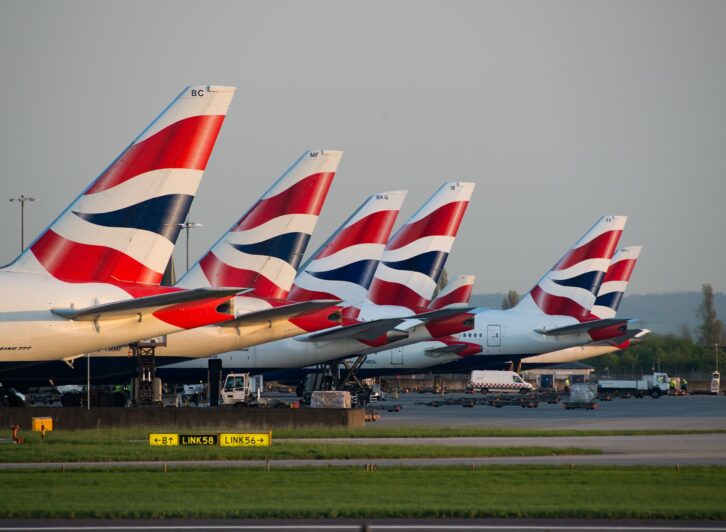MPs recently voted overwhelmingly in favour of expanding Heathrow Airport, in a plan that would include the addition of a new third runway. Those in support of the plan believe it will help to boost the UK economy and lessen the pressure on Heathrow, which is one of the busiest international airports in the world. However, there has been some backlash because of air quality and noise concerns.
What is the proposed plan?
The current Heathrow expansion plan was recommended by the Airports Commission in 2015, and includes a number of revisions taking into account prior public and stakeholder feedback. The key aspects of the current plan are:
- There will be two main passenger terminals and transport hubs: Heathrow West and Heathrow East (which would extend the current Terminal 2).
- An overhaul of existing cargo facilities to bring about a doubling of their current capacity.
- The addition of a third runway will provide capacity for up to 740,000 flights a year, allowing Heathrow to compete on an equal footing with airports in Amsterdam, Frankfurt and Paris.
- Heathrow’s rail capacity would increase from 18 to 40 trains per hour. This, in addition to other improvements to bus and coach services, would allow 30 million more people to travel to Heathrow by public transport.
Arguments against expansion
While the plan as it currently stands has already taken into account previously raised concerns from the public and other stakeholders, it is still subject to fierce criticism from some quarters; environmental charity Greenpeace has said it will join a group of London councils – and London mayor, Sadiq Khan – in a legal challenge against the proposed expansion.
Greenpeace UK’s executive director John Sauven said: “The UK government won’t be able to tackle illegal levels of air pollution, never mind leaving a healthier environment to the next generation, if a new Heathrow runway is built. If ministers don’t want to uphold the laws protecting us from toxic fumes and climate change, we’re going to ask a court to do that.” Friends of the Earth has also spoken against what they describe as the “climate-wrecking new runway”.
There have also been concerns raised about noise pollution on the new runway’s proposed flight path, with some MPs from constituencies that would be affected having voted against the proposed expansion on those grounds.
What are the pros from a transport and trade perspective?
Heathrow is currently operating very close to its maximum capacity; at present it operates at 475,000 movements annually, and is capped at 480,000. The daily number of passengers landing or departing has increased by a fifth over the past decade, to 213,000, and that trend is only expected to continue; the proposed expansion and third runway would allow for an additional 700 flights per day.
Heathrow is the second busiest airport in the world as measured by international passenger traffic, but its current two runways and its cargo-handling capacity restrict its potential in comparison with other major European ports; Paris Charles de Gaulle Airport and Frankfurt Airport each have four runways, while Amsterdam Airport Schiphol has six.
Ultimately, more flights means better uplift capacity with more cargo space available on the additional flights that a new third runway would bring. The expansion also has the potential for logistics providers to offer direct freight services to destinations not currently offered.
What are Hemisphere’s thoughts?
At Hemisphere, we believe the addition of a third runway, in addition to the doubling of Heathrow’s current cargo-handling capacity, is good news in terms of both passenger transport and international air freight. The plan has the capacity to put Heathrow on an even footing against competing European airports.
Concerns about environmental and noise pollution are understandable; however, the plan in its current form includes a number of commitments designed to address those concerns. In terms of the environment, it commits to growth in accordance with air quality rules, including an acceptance of the government ban on any potential fourth runway. It also commits to a legally binding noise envelope, as well as an extended ban on scheduled night flights to six and a half hours.
A third runway will keep Heathrow Airport at the forefront as one of the world’s leading airports, and with our office strategically located very close to Terminal 5 and the cargo village, we can only foresee a growth in business at Hemisphere. Additional flights will create more available space, potentially resulting in lower air freight rates, the cost savings of which would be passed on to customers. And with the number of destinations likely to increase, this will ultimately mean a better service offering for clients.





